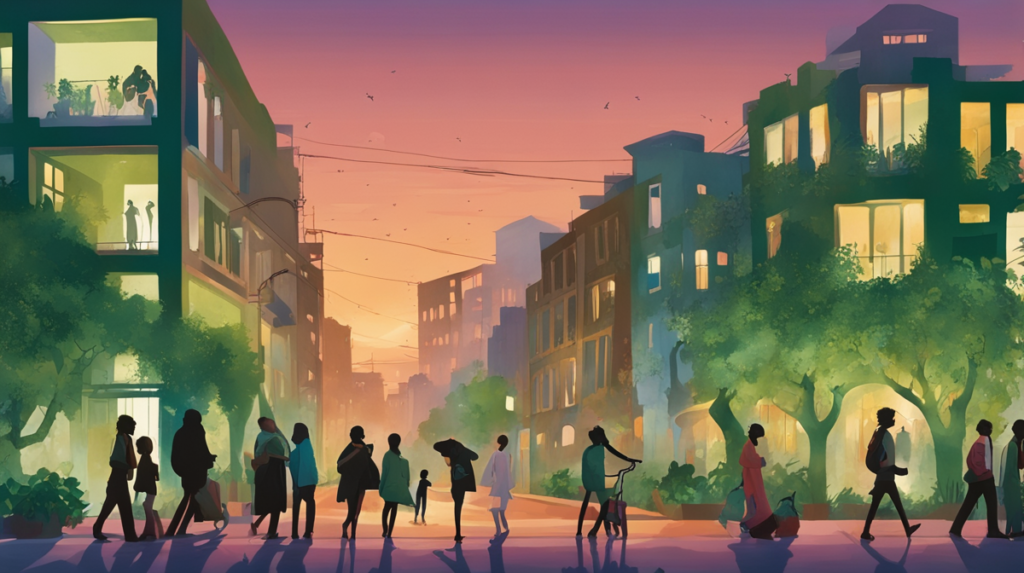Introduction
Architecture is more than simple constructions and engineering feats: it’s a powerful blend of design and art. Its true potential emerges through artistic creativity’s integration into design, which not only emboldens structures but can also enhance health and well-being. This interplay of ‘Art in Architecture’ merits a deeper exploration and is the focus of today’s feature.
Understanding the Confluence of Art and Architecture
Design and the arts are inseparably entwined in architecture. From ancient times to modern days, architects have often drawn inspiration from various art forms, including sculptures, paintings, and murals, to construct buildings that are functional and aesthetically pleasing.
Our surroundings significantly influence our mental and physical health. For instance, a study published in the American Journal of Public Health highlights how engaging with aesthetically pleasing environments, such as well-designed public spaces, can decrease stress and promote mental health.
The Role of Art in Constructive Design
Art transforms architecture from mere utilitarian structures into dynamic spaces that provide therapeutic benefits. For instance, incorporating elements of biophilic design that includes nature-inspired artworks can reduce blood pressure and heart rates, and improve mental cognition.
Innovations in Artistic Architecture Promoting Health
Various architectural firms worldwide have started exploiting the health benefits associated with the integration of art into architectural design. One such example is the Maggie’s Centres for Cancer Care designed by top architects like Zaha Hadid, Richard Rogers, and Frank Gehry. These centers utilize natural light, outdoor spaces, and artwork to create an environment that promotes healing and well-being.
Reimagining Public Spaces
The design of public spaces is another area where the intersection of art and architecture shines. Urban planners and architects curate these spaces to boost physical activity, encourage social interaction, and reduce pollution. One such example is The High Line in New York, an elevated linear park built on a former railway line.
Conclusion
As we explore ‘Art in Architecture,’ it becomes evident that creativity and innovative design can miraculously transform our living spaces. Not only do they instill a sense of beauty and aesthetic appeal, but they also contribute significantly to our health and wellness. The discipline of architecture, in its essence, is dedicated not just to designing buildings but to improving human life quality. It’s a symbiosis of art, design, and human health.

